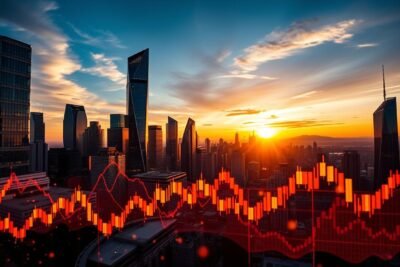
Best ETFs in Australia with Low Fees for 2026
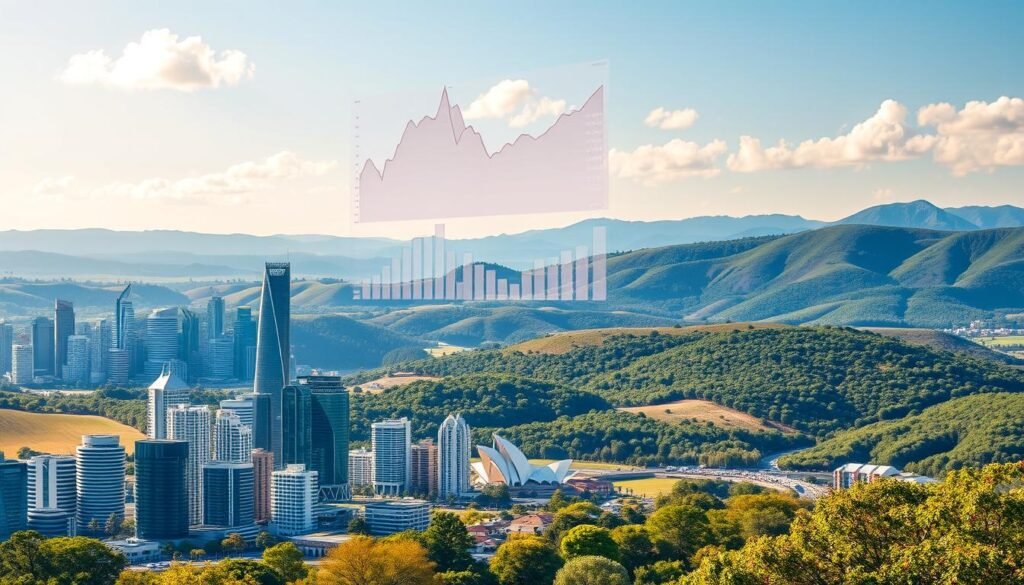
Picture this: you buy a single fund at lunch and by the end of the day you own a slice of the market. That first trade felt simple, but you later noticed tiny charges that chipped away at your returns.
That moment is what makes fees so important. Over years, small costs compound and change what you keep. You’ll learn why MER, brokerage and spreads matter when you pick etfs for your portfolio in 2026.
In this guide you’ll see how an exchange‑traded structure helps investors buy shares in broad assets or index trackers like S&P and ASX 200. We balance costs with performance and show when slightly higher charges can be worth it.
Quick promise: you’ll leave with a practical framework to compare funds, weigh tracking difference and size, and decide what fits your investment time horizon.
- What “low fee” really means in 2026: MER, brokerage and the total cost of owning an ETF
- Shortlist: low-fee ASX-listed ETFs to watch for diversified exposure
- best ETFs Australia low fee options: how we pick and compare for a product roundup
- Fees vs performance: what recent data tells you about returns, risk and index tracking
- Sectors, strategies and ESG: when a higher fee may still earn a place in your portfolio
- How to buy these ETFs on the ASX: platforms, order types and practical trading tips
- Your next steps for 2026: align fees, exposure and risk with your investment goals
What “low fee” really means in 2026: MER, brokerage and the total cost of owning an ETF
Understanding what 'low cost' actually buys you today starts with the full cost picture: the annual management charge, the brokerage you pay when you trade, and the bid‑ask spread you accept when you enter or exit a position.
The MER is a background charge taken from assets each year. On the ASX some headline numbers to watch are 0.03% (Vanguard VTS), 0.04% (iShares IVV), about 0.07% for A200 and 0.09% for IOZ. Brokerage adds per‑trade cost when you buy or sell.
Bid‑ask spreads are small but real. In thinly traded funds or volatile markets that gap raises your effective price to enter. Tracking difference also matters: replication method, sampling, securities lending and tax treatment all shift an ETF’s return versus its index.
"A tiny annual gap compounds over decades what looks minor in a year can be large in retirement."
- MER: ongoing cost deducted from assets.
- Brokerage: per trade and affects frequent traders most.
- Spread & tracking: hidden drag that shows in net performance.
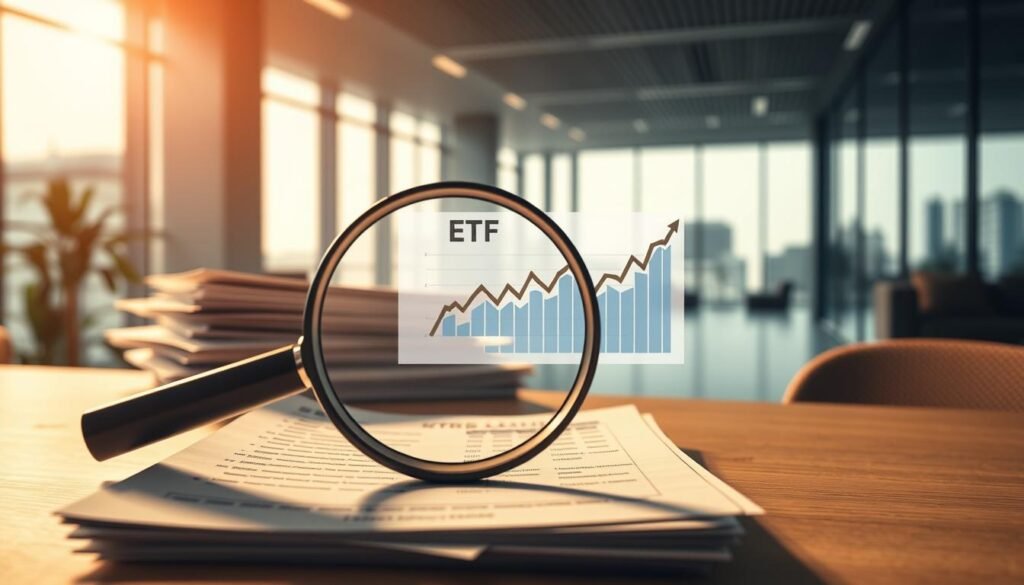
Estimate your total cost by adding MER plus expected spread and an annualised share of brokerage based on how often you rebalance. Use limit orders and trade during high liquidity windows to cut costs. For deeper reading on long-term fund selection, see long-term index fund guidance.
| Cost item | Typical range | Impact over years |
|---|---|---|
| Management expense ratio (MER) | 0.03% – 0.10% | Direct annual drag on returns |
| Brokerage (per trade) | Varies by platform (example: standard on $1,000 trade) | Higher for frequent trading |
| Bid‑ask spread | 0.01% – 0.30%+ | Affects entry/exit price, especially for small trades |
| Tracking difference | Variable (depends on replication) | Can widen or shrink net return vs index |
Shortlist: low-fee ASX-listed ETFs to watch for diversified exposure
This section narrows down fund choices so you can add diversified exposure to your core portfolio. Below you’ll find core australian shares trackers, US and global equity picks, plus cash and fixed income for stability.

Australian broad market
A200 (MER 0.07%), IOZ (MER 0.09%) and VAS (MER 0.10%) cover the s&p asx 200 and the s&p/asx 300. These give straightforward Australian shares exposure as a core sleeve.
US and global exposure
For US markets pick VTS (MER 0.03%) or IVV (MER 0.04%). SPY is another s&p 500 choice. For world ex‑Australia screened ESG, consider IWLD or IHWL.
Cash and fixed income
Use BILL or ISEC for cash, and IAF or VAF for core bonds to add income and reduce volatility.
Practical trade notes
- Price per unit: A200 trades higher per unit than IOZ this affects parcel sizing.
- Liquidity & CHESS: Larger, CHESS‑sponsored funds usually have tighter spreads and easier execution.
- Fees vs execution: MERs matter, but spreads and fund size shape your real cost and year return.
best ETFs Australia low fee options: how we pick and compare for a product roundup
We score each product with a repeatable framework so you can compare funds quickly and confidently.
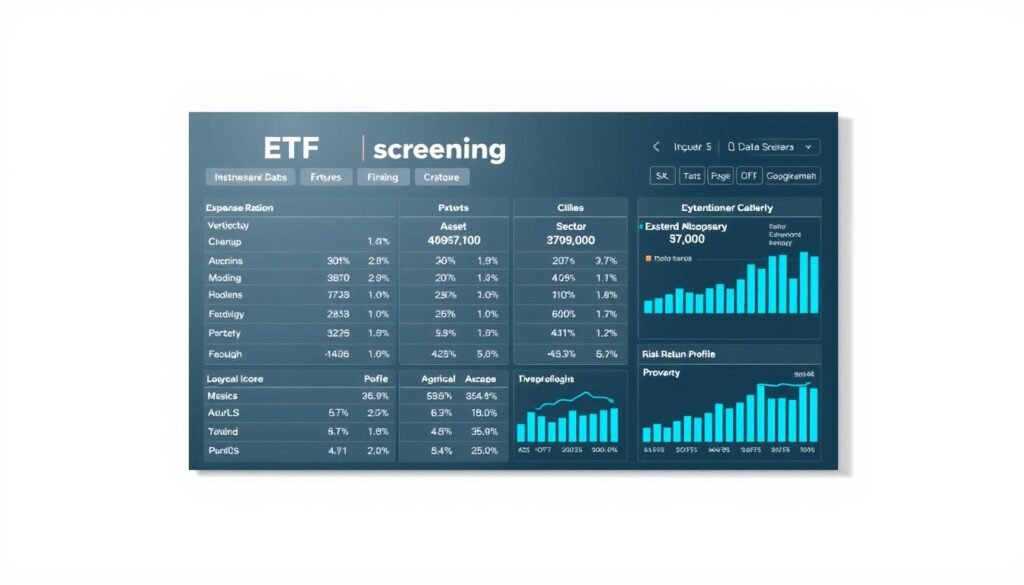
Screening criteria
Costs and scale: start with MERs (examples: 0.03% VTS, 0.04% IVV) and then check fund size (FUM). Larger funds usually trade with tighter spreads.
Execution and tracking: look at average bid‑ask spread, on‑screen depth and whether the fund uses full replication, sampling or derivatives.
Cross‑checking performance
We favour net returns reported after charges and compare historical tracking error against the stated index. Consistency over multiple years matters more than a single hot period.
- Securities lending: policy and revenue sharing can reduce tracking difference.
- Disclosure & governance: transparent reporting and strong market making are musts.
- Investability: unit price, CHESS status and distribution timing affect how useful a fund is in your portfolio.
"Cheaper MERs often help long-term outcomes, but you need to weigh liquidity and tracking, too."
Fees vs performance: what recent data tells you about returns, risk and index tracking
Recent market data shows the trade-off clearly: lower charges usually boost your net return over years, but higher-cost strategies can sometimes top short-term tables.
Look at VTS (0.03% MER) with a strong 12‑month net return versus higher‑octane funds such as NASDAQ‑tilted products that led three‑year performance. That contrast highlights exposure and concentration as major drivers of performance, not just fees.
Tracking difference explained
Tracking difference comes from MER deductions, replication style (sampling vs full replication), cash drag, dividend timing and withholding tax.
Securities lending can reduce that gap by adding revenue back to the fund. Operational details creation/redemption timing and market liquidity also make two funds that follow the same index post slightly different returns.
"Lower fees tilt the odds in your favour over years by reducing the drag on compounding."
- Pragmatic takeaway: hold a broad, low-cost core for steady returns, then add selective satellite exposure if the higher fees match your risk and objectives.
Sectors, strategies and ESG: when a higher fee may still earn a place in your portfolio
Sector and strategy funds give you a shortcut to specific market segments, but they change how your assets behave.
Paying a bit more can make sense when you seek targeted exposure to a sector tilt, a quality screen or an ESG approach that matches your values.
Some strategy funds have shown strong multi‑year growth. For example, BetaShares Geared Australian Equity returned 20.18% and an Australian Quality fund returned 18.79% over three years to July 2025.
Be clear on trade-offs: strategy funds often concentrate in fewer companies and raise volatility. Gearing, factor tilts and sector concentration can amplify both upside and downside risk.
- Keep sector exposures as satellites around a low‑cost core to protect diversification.
- Size these positions to limit overlap with your main assets and to preserve cash or bond cushions for stability.
- Compare transparency, rebalancing rules and ESG methodology before you invest.
"Higher fees need a clear purpose unique exposure, capacity limits or proven execution."
| Strategy type | Typical use | Notes |
|---|---|---|
| Sector tilt | Targeted growth | Concentrated companies, higher volatility |
| Quality/dividend | Income and resilience | May charge more; distributions interact with franking |
| ESG screened | Values‑aligned exposure | Competitive returns but sometimes higher cost |
How to buy these ETFs on the ASX: platforms, order types and practical trading tips
Buying on the ASX begins with picking a broker and learning how orders affect the price you pay.
Choosing a broker
Use an online broker if you want low brokerage and self‑directed trading. Choose a full‑service broker if you need advice and research bundled into your plan.
CHESS‑sponsored holdings give you direct ownership and easier portability. Custodian models can be cheaper for some funds but may limit direct control during corporate events.
Practical trading tips
- Place limit orders to control entry price and reduce slippage when you trade.
- Avoid the first and last 10–15 minutes of the session when spreads widen.
- Check on‑screen depth and recent spread behaviour for the etf or stocks you plan to trade.
- Factor total trading costs: brokerage, spread and any exchange charges based on parcel size.
- Remember that unit price affects how precisely you can size allocations IOZ vs A200 is a common example.
- Verify the ticker and review the PDS/TMD.
- Check the day’s NAV or iNAV and recent spread.
- Keep records for tax, distributions and DRP enrolments.
"Good execution saves real money over time plan your trades, and the price you pay will reflect it."
Your next steps for 2026: align fees, exposure and risk with your investment goals
Begin with a clear investment plan: define your goals, time frame and how much risk you will accept. Map that to a simple portfolio split so decisions stay objective.
Shortlist core etfs australia for broad domestic and global exposure, then add satellites only when they match a growth or income aim. Check liquidity, spreads and unit price before you place any trade.
Set fee guardrails, pick rebalancing rules you will follow, and add cash or high-quality fixed income (IAF, VAF, BILL) to reduce volatility.
Read each product’s PDS/TMD, document your plan and review it annually. Track portfolio returns against your goals, and seek independent advice if you need it.
If you want to know other articles similar to Best ETFs in Australia with Low Fees for 2026 you can visit the category Investing.

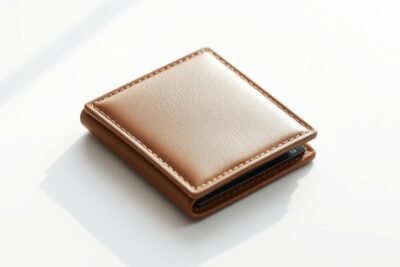


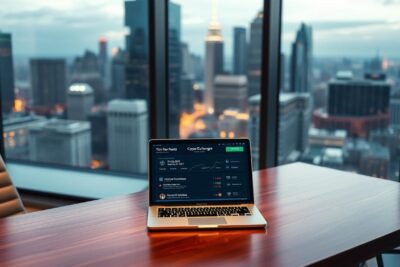

Leave a Reply